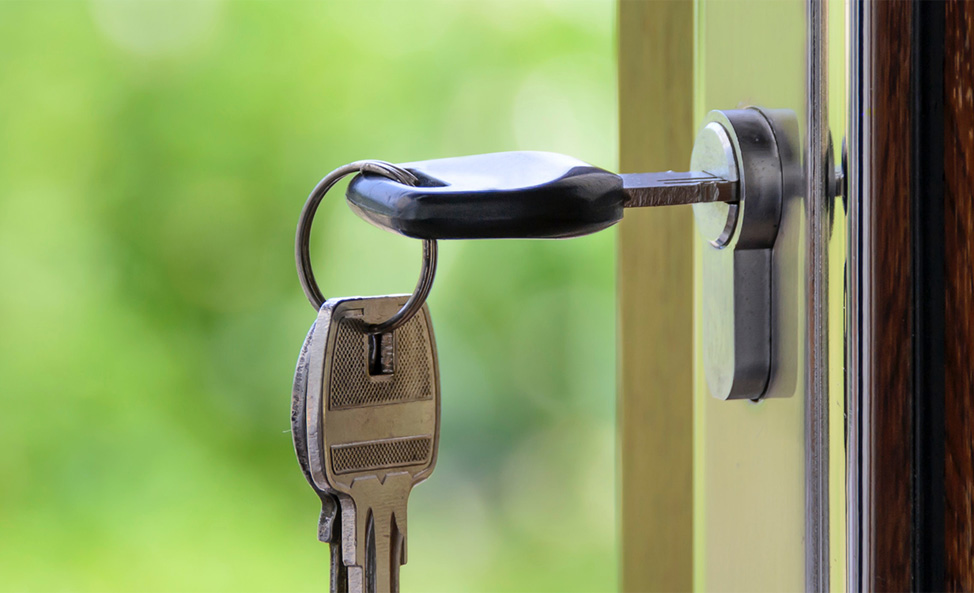



You’ve just purchased an investment property (go you!), so what comes next?
It’s time to find some quality tenants and sign them up to a lease. When it comes to this step, you can go one of two ways.
You can pay a property manager to take care of the nitty gritty for you. There are all sorts of perks to doing this, but of course, there’s a cost involved.
Otherwise, you can choose to manage the property yourself. Here’s what you need to do if you decide to take this route.
Familiarise yourself with the law
How and when do repairs need to be completed? Who pays the utility charges? What kind of notice is required before an inspection?
The answers to these kinds of questions and more can be found in your state or territory’s Residential Tenancies Act. The rights of both tenants and landlords are protected by these laws and you’ll need to be across them if you plan to manage your own investment property.
Prepare the paperwork
Next, it’s time to get your documentation in order. You’ll need:
Set the rent and list the property
To get an idea of how much to charge for rent, you could:
When you advertise the property, make sure you pair quality photos with a great listing to attract the kinds of tenants you want.
Remember to include any stipulations about pets and/or smoking.
Find quality tenants
Finding quality tenants all comes down to how thoroughly you screen candidates.
You’ll need to verify their ID and income (such as their most recent payslips and/or a bank statement highlighting their income), call their references and investigate their previous rental history.
Online tenant (renter) databases allow you to check whether candidates have been ‘blacklisted’ by previous landlords. Examples include:
Be aware that there are laws governing things like disclosure and how these databases can be used. Make sure you get up to speed with the rules in your state or territory.
Get the ball rolling
Once you find the right tenant, file all the necessary paperwork, lodge the bond and start collecting the rent. Keep in mind that each state or territory may have different requirements, so do your research.
Look into landlord software apps, which can help make your life easier with things like rent tracking and expense management.
Respond to repair requests
If you take care of your tenants, they will be more likely to take care of your property.
Make sure you respond to any requests for repairs and maintenance in a timely manner. Remember to check the rules and timelines around completing repairs in your state or territory’s Residential Tenancies Act.
Don’t forget inspections
You’ll want to organise regular inspections to ensure your property is being looked after. Rules may differ depending on location, so again, make sure you do your research.
It also pays to be meticulous about your record-keeping and documentation. Keep a record of all interactions with the tenant, as these can help protect you should issues arise.
Ready to become a landlord?
As you can see, there’s a bit involved with managing your own investment property. However, if you want to have complete control over your property and save yourself the commission you’d pay a property manager, it may be the way to go.
We are here to help with any questions you have, so get in touch today.

Let me know what we can help or any questions.
